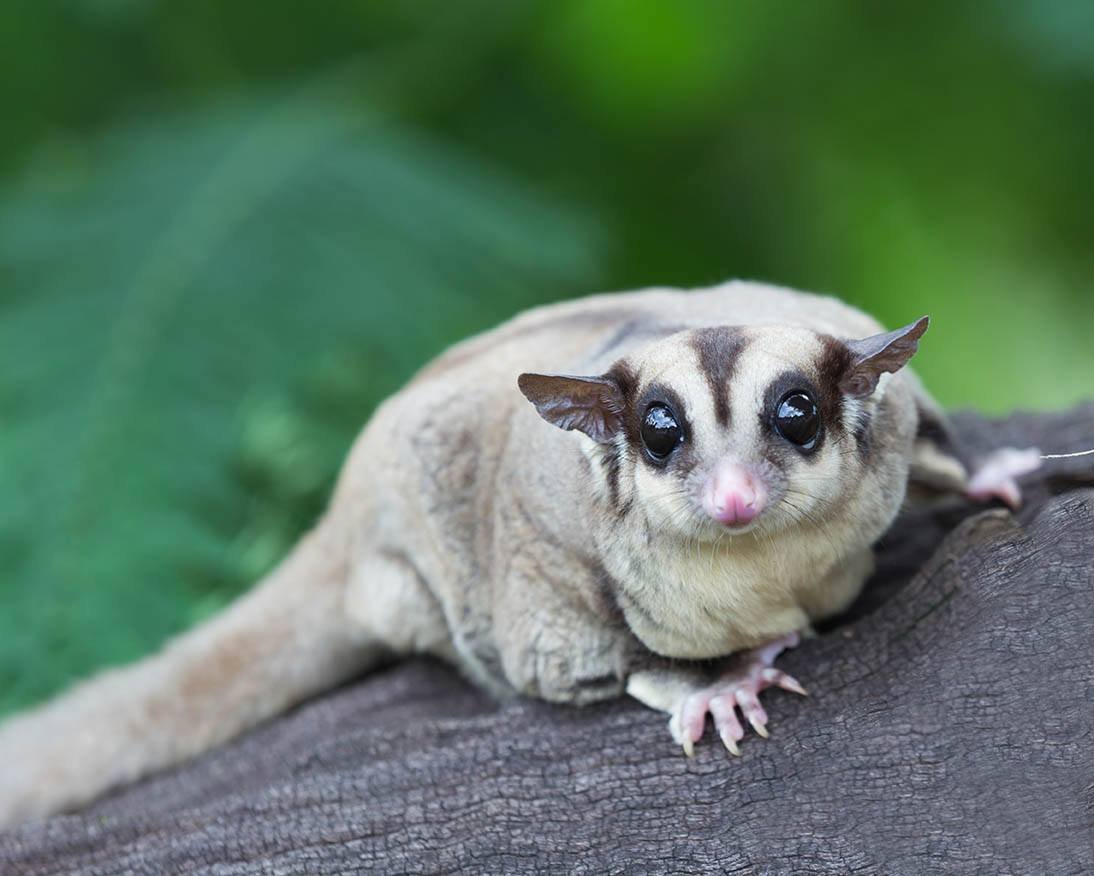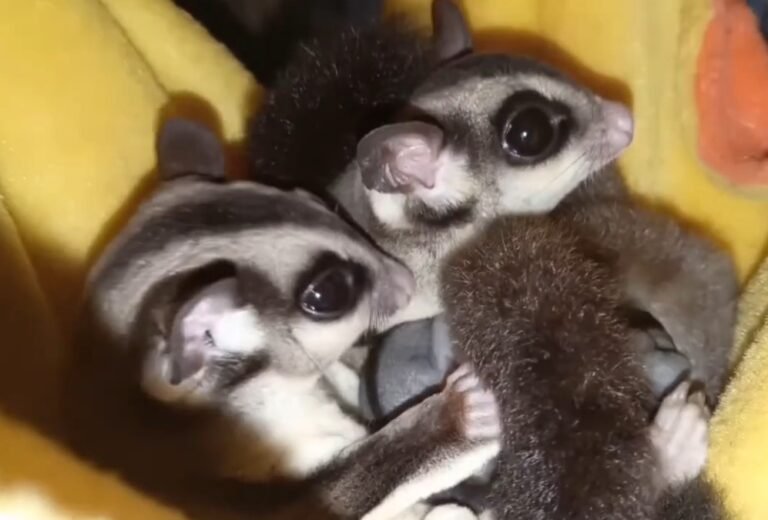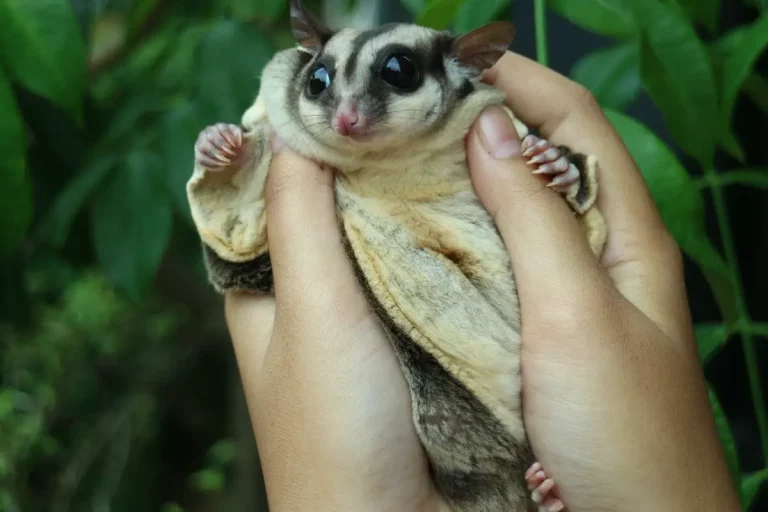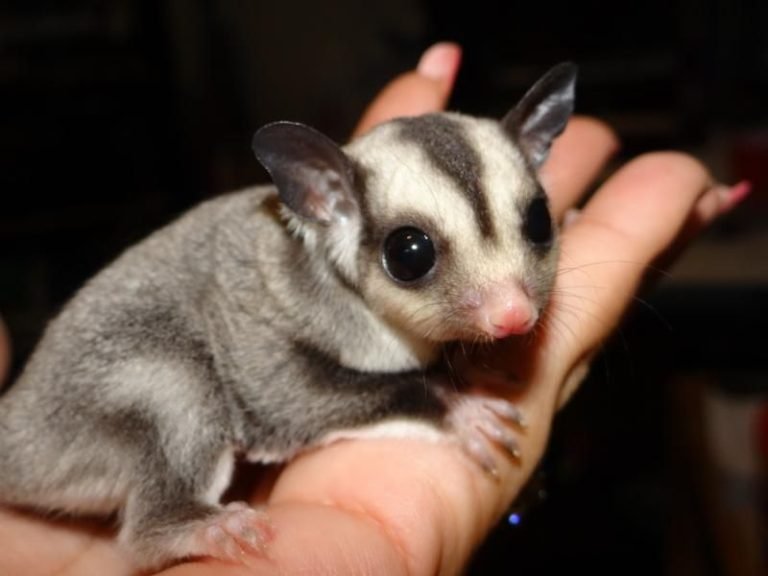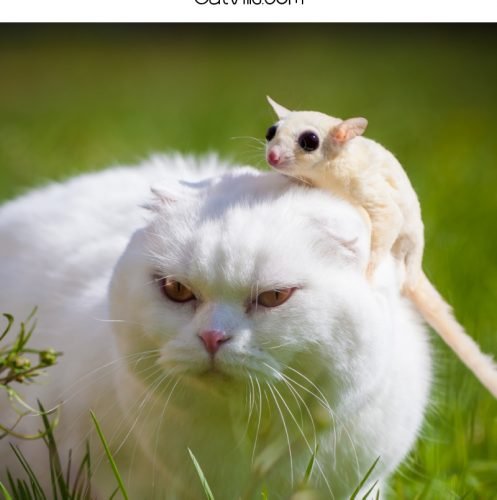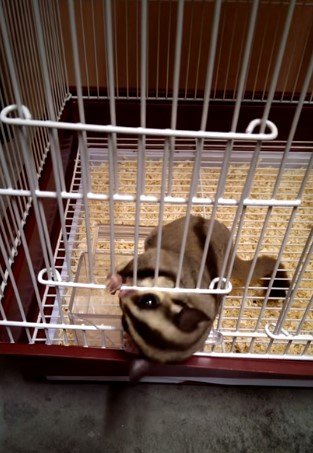How To Own Sugar Glider
Are you considering getting a sugar glider as a pet? These adorable little creatures make great companions, but they also require a lot of care and attention. In this article, we will guide you through the process of owning a sugar glider, from finding a reputable breeder or rescue organization to providing the right diet and enrichment for your new pet. So, if you’re ready to embark on this exciting journey, let’s dive right in!
Finding a Sugar Glider
The first step in owning a sugar glider is finding a reputable source to obtain your pet. There are two main options: breeders and rescue organizations.
1. Breeders: If you decide to go with a breeder, do your research to ensure they are ethical and knowledgeable about sugar gliders. Look for breeders who prioritize the health and well-being of their animals, and who are transparent about their breeding practices. It’s also a good idea to visit the breeder in person to see how the animals are cared for and ask any questions you may have.
2. Rescue Organizations: Adopting a sugar glider from a rescue organization is another great option. These organizations take in abandoned or surrendered gliders and find them loving homes. By adopting from a rescue, you not only give a glider a second chance at life but also support the important work of these organizations.
Creating the Perfect Habitat
Once you have found your sugar glider, it’s time to set up their habitat. Sugar gliders are arboreal animals, meaning they spend most of their time in trees. To mimic their natural environment, you’ll need to provide them with a spacious cage that allows for climbing and jumping.
1. Cage: The minimum recommended size for a sugar glider cage is 24 inches wide, 24 inches deep, and 36 inches tall. However, the bigger the cage, the better. Make sure the bars are no more than half an inch apart to prevent escapes. Provide plenty of branches, perches, and hammocks for your glider to climb and sleep on.
2. Bedding: Avoid using traditional bedding materials, as they can be harmful if ingested. Instead, opt for non-toxic materials such as shredded paper or paper-based bedding. Regularly clean the cage and replace the bedding to maintain a clean and hygienic environment for your glider.
3. Toys and Enrichment: Sugar gliders are highly active and curious animals that require mental stimulation. Provide a variety of toys such as puzzle feeders, climbing ropes, and tunnels to keep them entertained. Swings and exercise wheels are also great additions to their habitat.
Feeding Your Sugar Glider
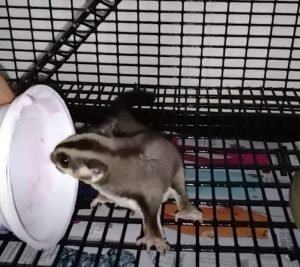
Proper nutrition is crucial for the health and well-being of your sugar glider. While sugar gliders are omnivores, their diet should consist primarily of fruits, vegetables, and a high-quality pellet food designed specifically for sugar gliders.
1. Fresh Foods: Offer a variety of fresh fruits and vegetables to ensure a balanced diet. Some suitable options include apples, bananas, carrots, leafy greens, and sweet potatoes. Avoid feeding your glider foods that are toxic to them, such as chocolate, caffeine, garlic, and onions.
2. Pellet Food: A small portion of your glider’s diet should come from a pellet food that is specifically formulated for sugar gliders. These pellets provide essential vitamins and minerals that may be lacking in their fresh food diet. However, pellets should not be the main source of nutrition.
3. Protein: Sugar gliders require a source of high-quality protein, which can be provided in the form of insects, lean meats, or a specially formulated glider protein supplement. Offer protein-rich foods a few times a week to fulfill this dietary requirement.
Handling and Bonding
Building a strong bond with your sugar glider is essential for their well-being. These animals are highly social and thrive on interaction with their owners. Here are a few tips for handling and bonding with your glider:
1. Start Slowly: Allow your glider some time to acclimate to their new environment before attempting to handle them. Once they seem comfortable and curious, you can begin introducing your hand into their cage for them to sniff and explore.
2. Bonding Pouch: A bonding pouch is a pouch or sleeping bag that you wear around your neck or close to your body. Place your glider inside the pouch and let them sleep and bond with you. This helps them associate your scent and presence with safety and comfort.
3. Positive Reinforcement: Use positive reinforcement techniques such as offering treats or praise when your glider approaches you or allows you to handle them. This helps to build trust and reinforce their positive experiences with you.
Frequently Asked Questions
Now that we’ve covered the basics of owning a sugar glider, let’s address some common questions that potential owners may have.
Q: Are sugar gliders legal to own as pets?
A: The legality of owning sugar gliders varies depending on your location. It’s important to research and understand the laws and regulations in your area before acquiring a sugar glider.
Q: Can sugar gliders be housed alone?
A: Sugar gliders are highly social animals and thrive in the company of other gliders. It’s recommended to own at least two gliders to prevent loneliness and promote their well-being.
Q: Do sugar gliders require any special veterinary care?
A: Sugar gliders require regular check-ups with an exotic animal veterinarian who specializes in their care. They may also need routine vaccinations and parasite prevention.
Final Thoughts
Owning a sugar glider can be a rewarding and fulfilling experience. These endearing little creatures have unique needs and require dedicated care and attention. By understanding their natural habitat, providing proper nutrition, and building a strong bond with your glider, you can create a happy and enriching life for your new pet. Remember, patience and love are key ingredients in the journey of owning a sugar glider. So, if you’re ready to embark on this adventure, get ready to welcome a new furry friend into your life!

